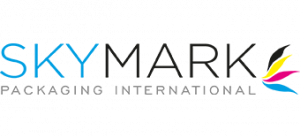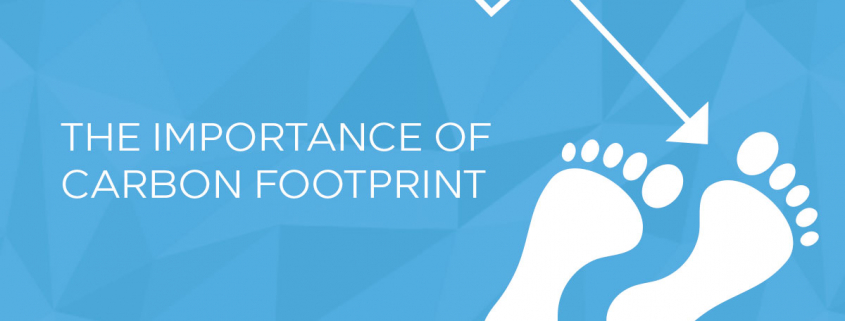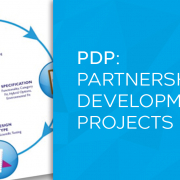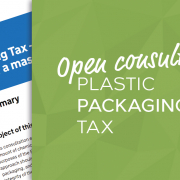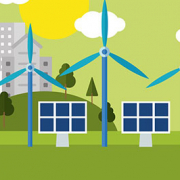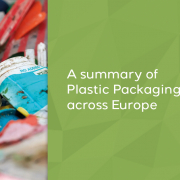Skymark’s Study on Plastic Packaging CO2e and Benefits for Businesses and Environment
Reducing your carbon footprint has become an increasingly important issue in recent years, as the negative impacts of climate change have become more apparent. As individuals, we can take steps to reduce our carbon footprint by changing our lifestyle and consumption habits, but it is also important for companies to take responsibility and make changes to reduce their carbon emissions. One way that companies can do this is by focusing on reducing the carbon footprint of their packaging, particularly plastic packaging, which has a significant impact on the environment.
In partnership with Benchmark Consulting, Skymark conducted research on the carbon footprint of its SKYMONO range of material vs the “standard” alternative. The study aims to provide data that can help companies make more informed choices when it comes to reducing their environmental impact. The company’s commitment to reducing its CO2 by half by 2030 and being net-zero by 2050 is part of the SME Climate Hub, a global initiative launched by the United Nations Framework Convention on Climate Change (UNFCCC).
The methodology used in the study involved updating all web systems with the CO2e (carbon dioxide equivalent) figure, with all material CO2e data sourced from EcoInvent using database 3.8 (2022) cut-off data. This uses the 100-year impact assessment, which is generally regarded as appropriate for packaging. The CO2e data for machines is based on a ‘high performance’ profile, assuming modern machines during the production process. The machine supporting assumptions can be made available upon request.
The unit of measure used to express CO2e impact is kg/kg. This is defined as the kilos of CO2e released into the atmosphere over a 100-year period per kilo of material used. All data for machines is based on real-life energy consumption in the market, with energy consumption converted to CO2e using IEA data, whereby an EU average was used. The Skymark specifications assume MOQ as 25,000m², with width 480mm, cut-off 190mm, and 8 colours printed Flexo.
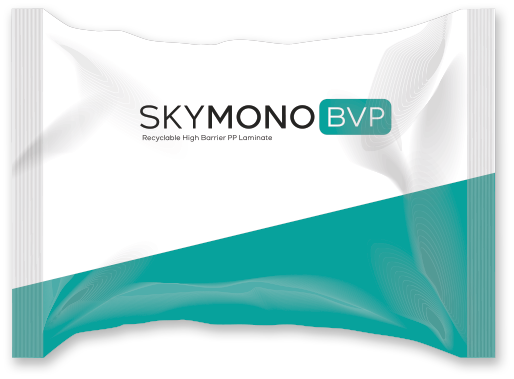
The study found that Skymark’s SKYMONO BVP specifications are, on average, 15% less CO2e than the alternatives using BO-PE/PE.EVOH material. The yield improvement of the Skymark specifications is the key driver to the reduced CO2e. Interestingly, PP has a higher CO2e impact than PE, with 2.28 (CO2ekg/kg) versus 1.96 (CO2ekg/kg). Although the Skymark solutions use predominantly PP, whereas the alternatives use PE as a base in the sealing layer, the Skymark solution benefits from a lower g/m² and therefore an increased yield. In short, Skymark specifications are 4% lighter in weight than the alternative specifications.
Reducing the carbon footprint of plastic packaging can be achieved in a number of ways. For example, using recycled materials or reducing the amount of plastic used in packaging can significantly reduce the overall carbon footprint of the product. This can have a positive impact on the environment, but it can also benefit the brand by driving consumer interest.
Consumers are becoming increasingly aware of the impact that their choices have on the environment, and many are actively seeking out products that are environmentally friendly. By reducing the carbon footprint of their packaging, companies can appeal to this growing market and differentiate themselves from competitors. In addition to the environmental and consumer benefits, reducing the carbon footprint of packaging can also have financial benefits for companies. By using less plastic or recycled materials, companies can reduce their material costs, which can have a positive impact on their bottom line.
There are also regulatory and legislative drivers for reducing the carbon footprint of packaging. Governments around the world are introducing new regulations and targets to reduce the use of plastic and to increase the use of recycled materials. Companies that proactively make changes to reduce the carbon footprint of their packaging can position themselves as leaders in the industry and can avoid potential penalties or fines in the future.
Skymark’s research on the carbon footprint of its packaging materials is an excellent example of how companies can proactively identify areas for improvement and make changes that benefit both the environment and their bottom line. By being part of the SME Climate Hub, Skymark is demonstrating its commitment to taking action on climate change and being a leader in the industry.
The study conducted by Skymark has provided valuable data that can help companies make informed decisions when it comes to reducing their carbon footprint. The methodology used in the study provides transparency on the CO2e impact of different materials and machines used in the production of packaging. This information can help companies identify areas for improvement and make changes that reduce their carbon emissions.
As consumers become increasingly environmentally conscious, it is crucial for companies to take responsibility and make changes to reduce their carbon emissions and environmental impact. By reducing the carbon footprint of their packaging, companies can appeal to environmentally conscious consumers, differentiate themselves from competitors, and potentially reduce costs. In addition, there are regulatory and legislative drivers that make reducing the carbon footprint of packaging a smart business decision.
In conclusion, reducing your carbon footprint is important for both individuals and companies, and reducing the carbon footprint of plastic packaging is one way that companies can make a positive impact. Skymark’s research provides valuable data that can help companies make informed decisions when it comes to reducing their carbon emissions. By being part of the SME Climate Hub, Skymark is demonstrating its commitment to taking action on climate change and being a leader in the industry. Companies that take action to reduce their carbon footprint can benefit from environmental, consumer, and financial benefits, as well as positioning themselves as leaders in the industry.
